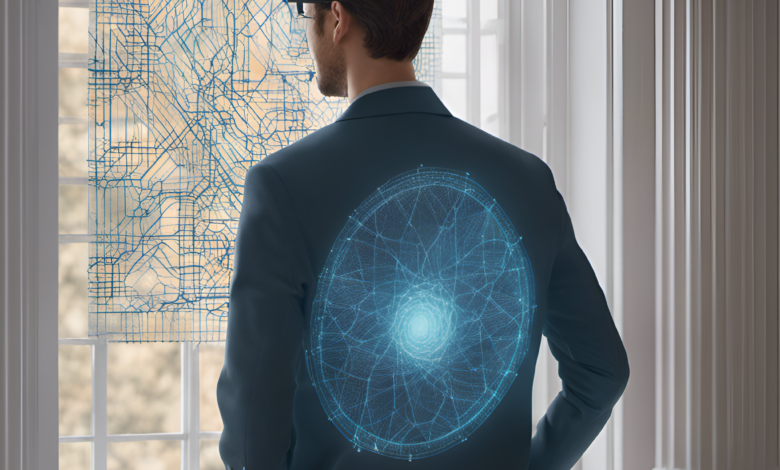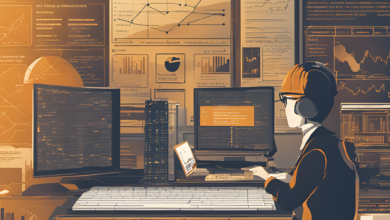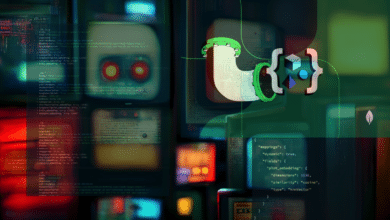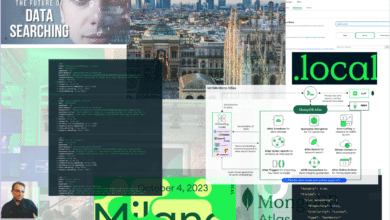
How Generative AI is Transforming Human-Computer Interaction
The history of artificial intelligence has been marked by successive breakthroughs – beating humans at chess in the 1990s, IBM’s Watson winning Jeopardy in 2011, AI programs mastering the game Go beyond human capabilities in 2016. Each milestone provoked astonishment at abilities once thought impossible for computers. The latest feat may be the most astonishing yet – the emergence of generative AI.
This new generation of AI systems possesses a trait long considered the exclusive domain of humans: creativity. Generative AI models can produce original content like text, images, music and video that capture the nuances and complexity of human expression. The implications of computers exhibiting imagination are far-reaching and disruptive.
The Game Changer: Generative Adversarial Networks
Generative AI’s creative leap forward was enabled by a breakthrough technique called generative adversarial networks (GANs). Proposed in 2014 by computer scientist Ian Goodfellow, GANs work by pitting two neural networks against each other in an adversarial process.
One neural network, the generator, creates content, while the other, the discriminator, evaluates it. The discriminator provides feedback to the generator, which tweaks its output to become more realistic and fool the discriminator. This cycle repeats as both networks evolve through competition. Mirroring the creative process, GANs can generate highly convincing original artifacts.
Striking Examples of Generative AI
Several prominent examples demonstrate the rapid progress in generative models:
– DALL-E (2021): This system by OpenAI creates realistic images and art from any text description. Given “avocado armchair in the baroque style”, it generates a fitting image.
– GPT-3 (2020): OpenAI’s language model is shockingly adept at natural language tasks like translation, conversation and writing prose. It can even generate computer code from prompts.
– MuseNet (2019): Developed by OpenAI, MuseNet can compose original classical music indistinguishable from works by famous composers.
– Deepfakes: By swapping faces using GANs, deepfakes enable powerful but dangerous media manipulation.
These models and others show computers transcending their origins as calculators to exhibit imagination once considered a uniquely human trait.
The Dual Edge of Generative AI
Like any disruptive technology, generative AI holds both promise and peril:
Potential Benefits:
– Augmenting human creativity as a tool rather than replacing it
– Allowing those without artistic training to engage in creative activities
– Automating rote content generation tasks to increase productivity
– Developing more natural human-computer interfaces
Potential Risks:
– Encoding and amplifying unfair societal biases present in training data
– Enabling new forms of misinformation and media manipulation
– Legal and ethical issues around copyright, plagiarism and data rights
– Job disruption in certain creative sectors as AI takes on new roles
Realizing the benefits while navigating the risks will require nuanced governance and responsible development.
The Road to Artificial General Intelligence
Generative AI represents one milestone on the long road toward artificial general intelligence (AGI) – AI with the generalized ability to reason and problem solve like humans across different tasks. AGI remains decades away, but by demonstrating imagination, generative models come closer to crossing the gulf between narrow AI and broadly intelligent systems.
According to some experts, if current trends hold, AGI could emerge by around 2040-2050. What might society look like if these creative machines keep improving?
Potential Social Impacts of Advanced AI
As AI becomes increasingly autonomous and creative, speculation abounds on how it will shape society. Several scenarios illustrate the range of possibilities:
Utopian Outlook:
– AI unleashes an explosion of human creativity it’s designed to augment but not replace
– Tedious work is automated, freeing up human time for leisure and passion projects
– AI makes education and information abundantly available to all
– Society is more just as biases are corrected by impartial algorithms
Dystopian Outlook:
– AI displaces human jobs in a massive economic disruption leading to inequality
– Humans become dependent on algorithms designed by corporations to maximize profit
– AI is used by autocrats to control populations through surveillance and manipulation
– AI systems become inscrutable black boxes impossible for humans to understand and govern
Most Likely Outlook:
– AI generates both positive and negative impacts, managed through governance and cooperation
– A new social contract emerges around rights and responsibilities between humans and AI
– Creative sectors see shifts in the human vs machine balance but hybrid models emerge
– Continued progress but measured application to avoid mass displacement
The actual outcome likely depends on how proactively humanity shapes AI to reflect our values.
The Road Ahead: Guiding AI’s Development
As generative models drive AI into new creative frontiers, how can society responsibly guide its development? Several priorities stand out:
– Promoting AI literacy and transparency so these systems are not black boxes
– Developing flexible policies, laws and norms around emerging issues
– Incentivizing ethical AI and protecting marginalized populations from harm
– Investing in research on AI alignment and control methods as capabilities grow
– Preparing for economic impacts like job displacement through training and transition programs
With thoughtful leadership and inclusive governance, AI could profoundly augment human creativity and potential. But without foresight, the consequences could be grave. The window to shape this technology for the common good is now. The future remains unwritten, but the time has come to pick up the pen.
Generative AI marks a new epoch in humanity’s relationship with intelligent machines. Working together as partners, not as master and servant, perhaps humans and computers can unlock new heights of creative expression. With wisdom and responsibility, this innovative technology may just provide the keys not to our undoing, but to a new renaissance.



